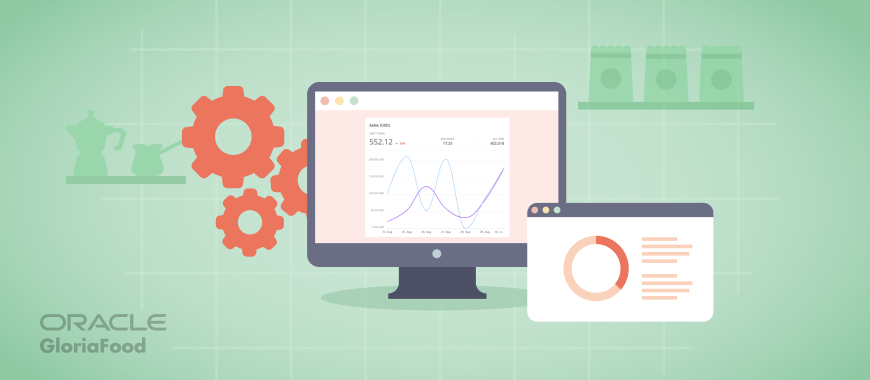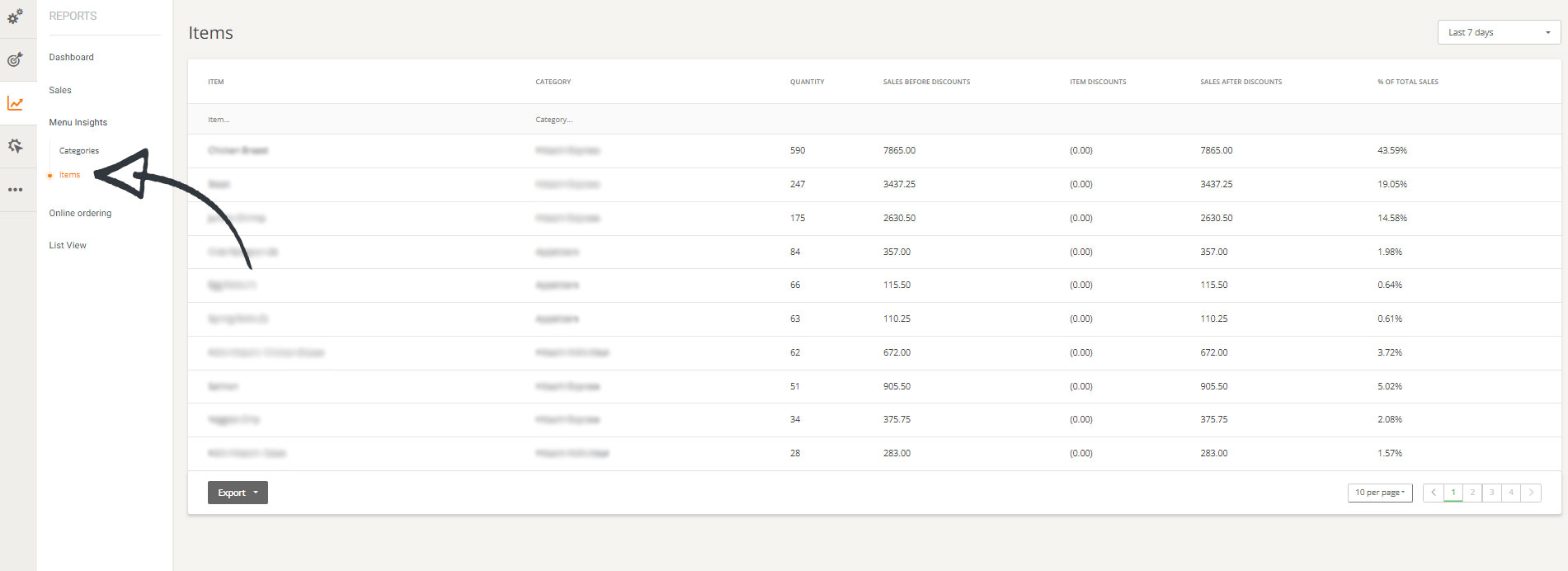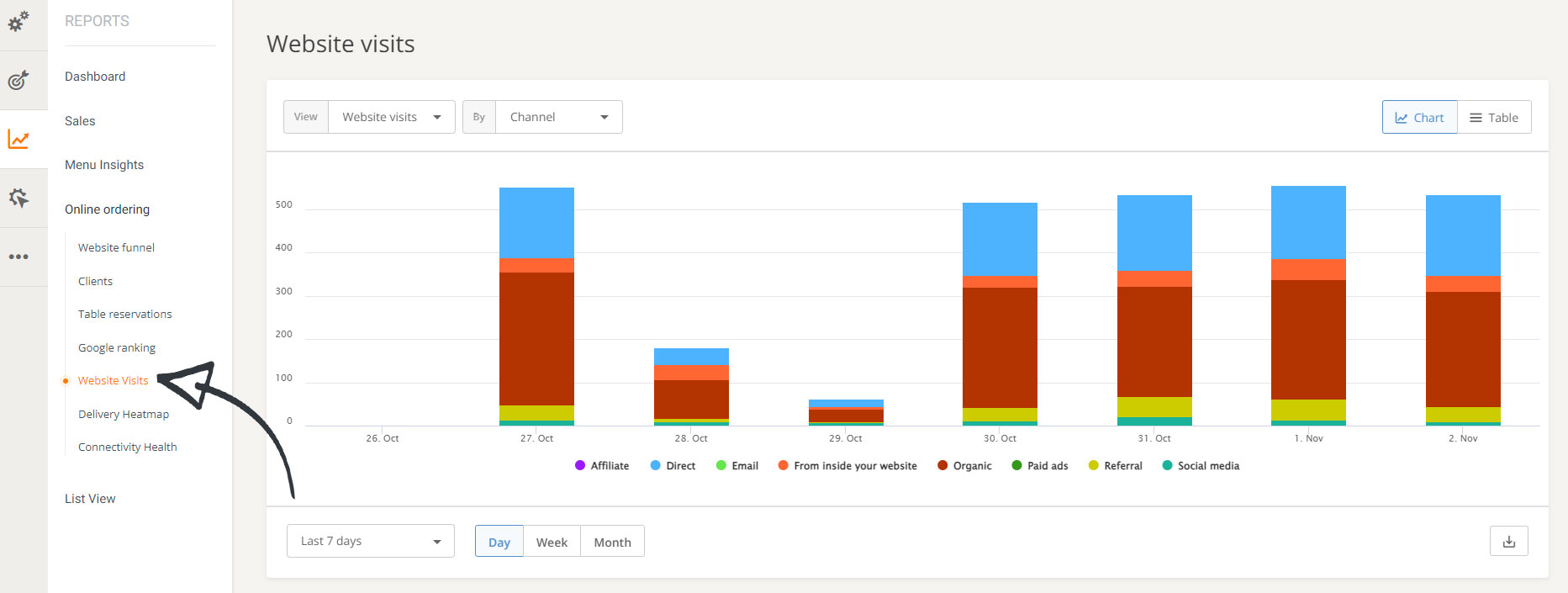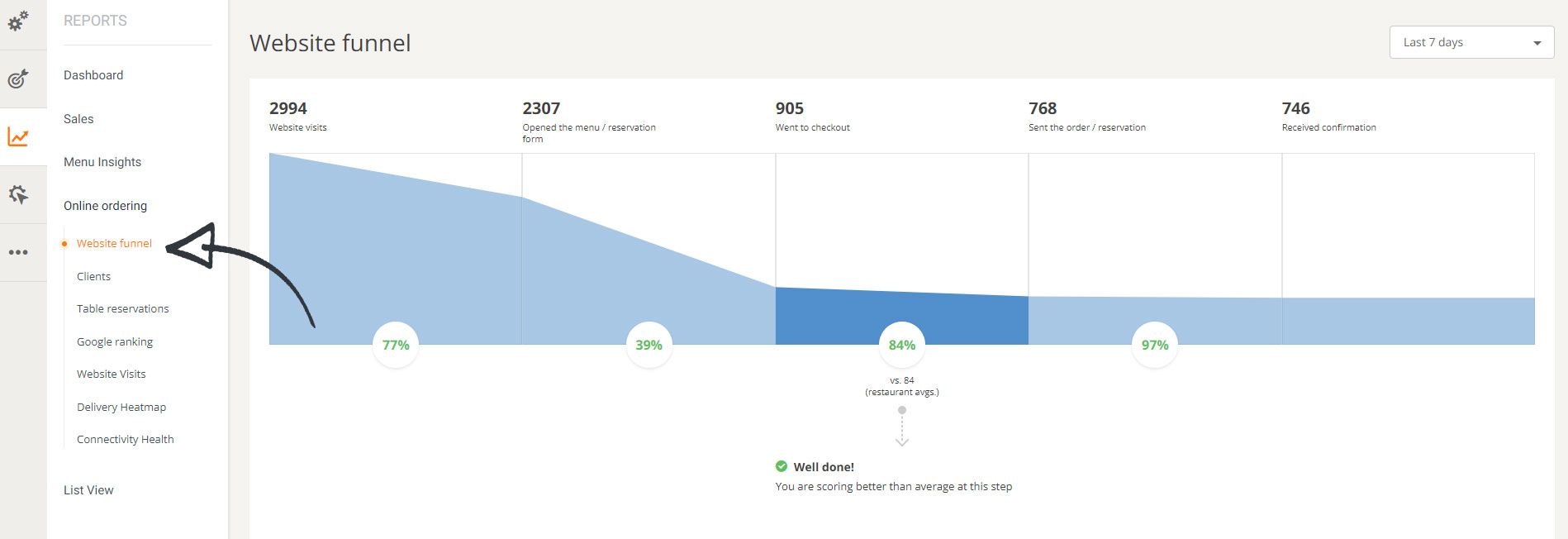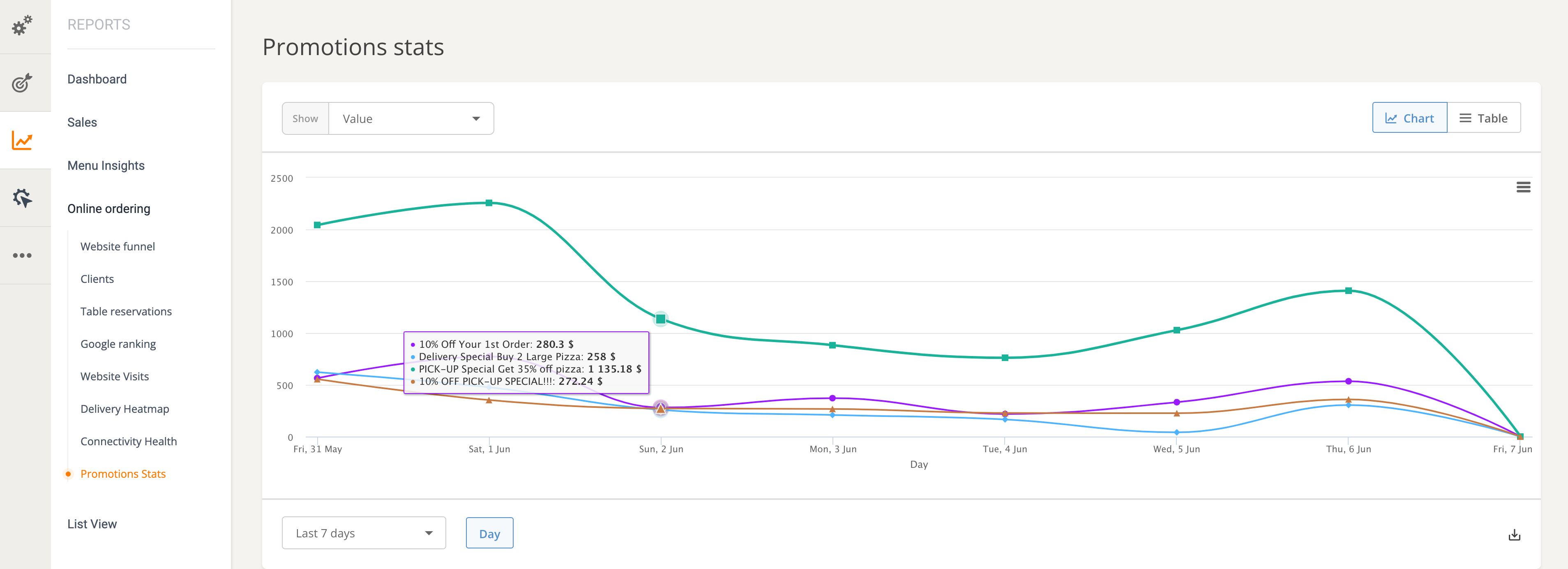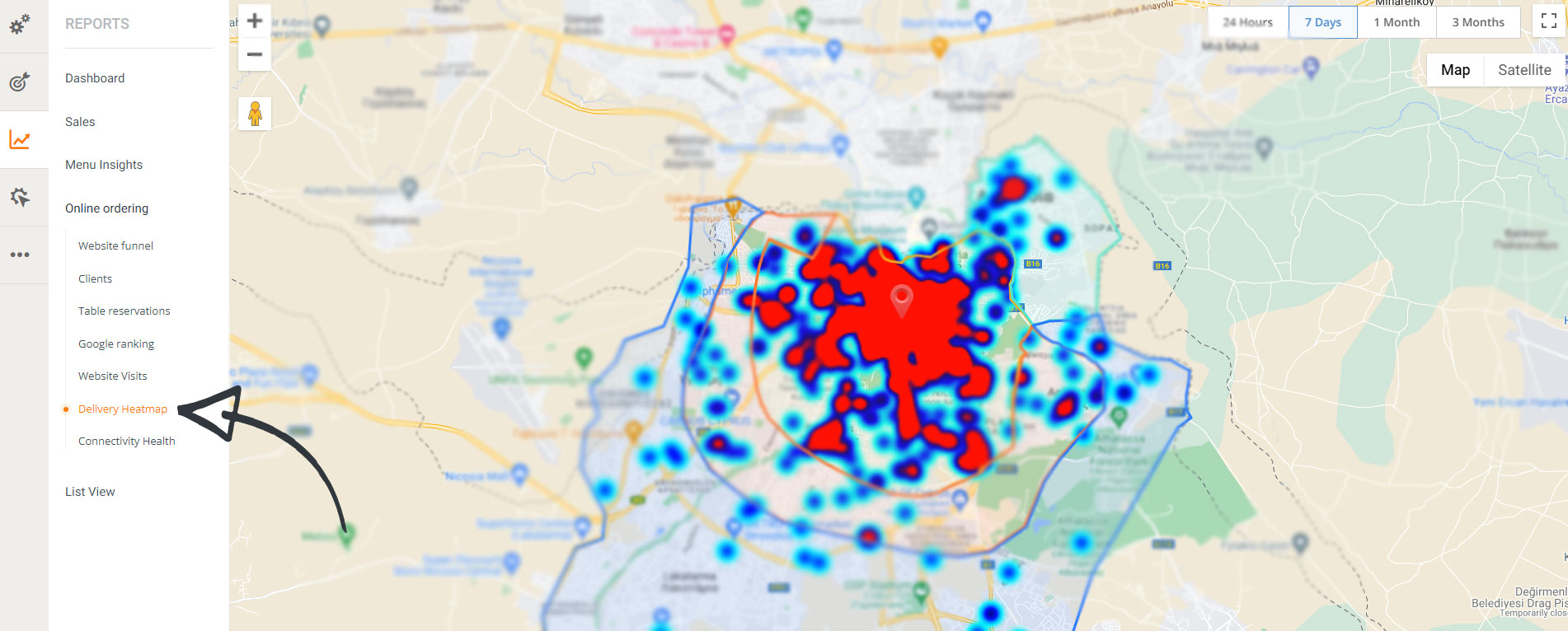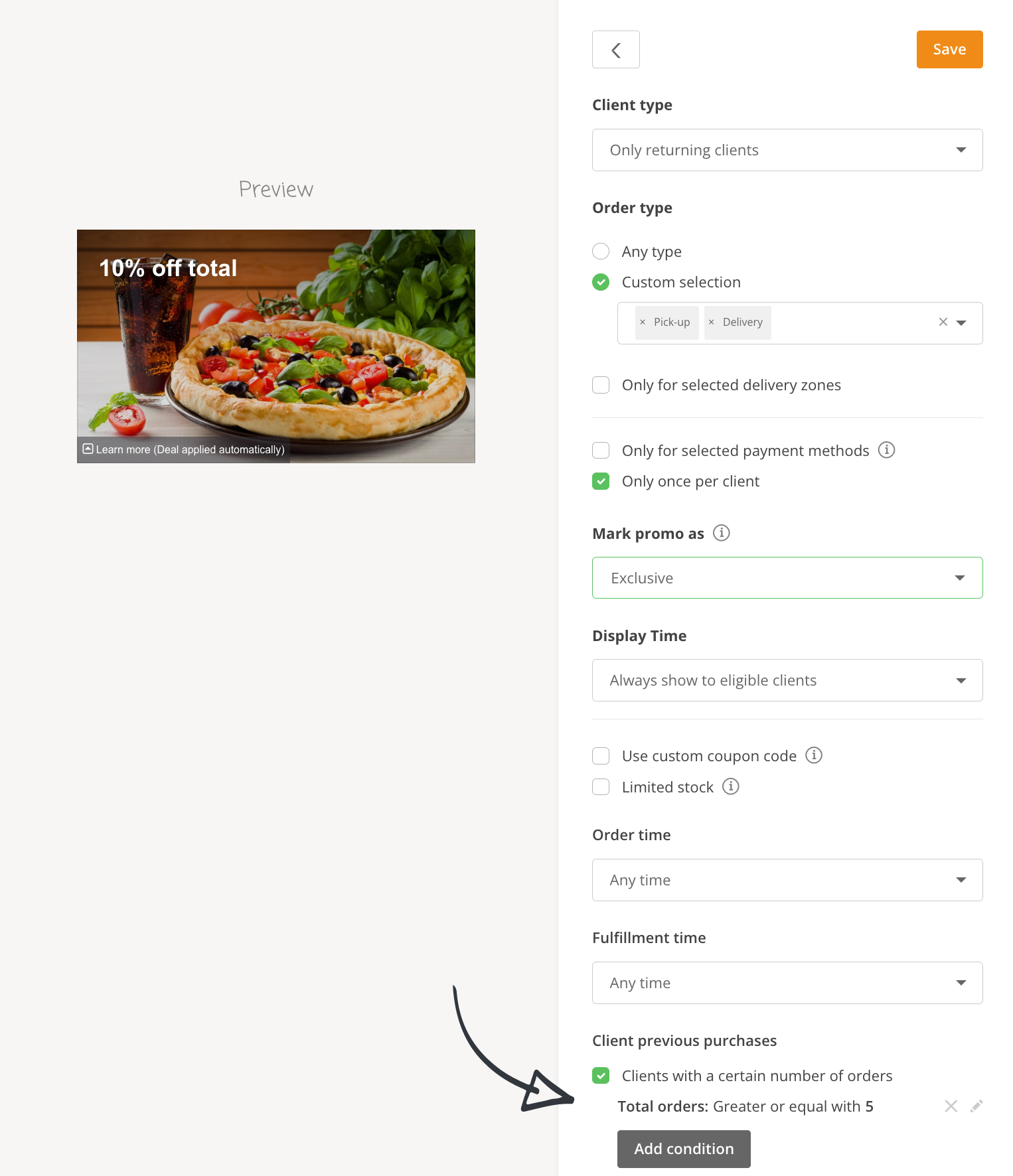- 1.What Is Predictive Analytics in the Food Industry?
- 2.The Benefits of Predictive Analytics for Restaurants
- Better menu optimization
- Improved operations
- Increased customer satisfaction
- Better inventory management
- Improved marketing
- 3.3 Types of Restaurant Predictive Analytics
- 4.How to Use Restaurant Predictive Analytics to Increase Revenue
- Update your menu regularly based on customer behavior
- Identify your most and least busy times
- Track the success of your promotions
- Identify high and low-order density areas
- Provide personalized recommendations based on past data
- Get an all-in-one restaurant analytics dashboard to help you track everything
Tracking and analyzing data is a crucial aspect of any business. As a restaurant owner, you can’t improve your business or prevent mistakes that could damage it without keeping a close eye on your data.
Below, we get into the role of restaurant predictive analytics and how you can use it to boost customer satisfaction, streamline operations, improve your menu, and increase profits.
What Is Predictive Analytics in the Food Industry?
Shortly put, predictive analytics refers to using data to predict future events or trends in order to make strategic business decisions.
In the food and restaurant industry, predictive analytics is the use of previous restaurant data that can help owners or managers pinpoint patterns of behavior and trends that might repeat themselves.
For example, they could use restaurant predictive analytics to forecast customer preferences, sales trends, or operational changes.
The Benefits of Predictive Analytics for Restaurants
Better menu optimization
By looking at customer preferences and restaurant sales data, restaurateurs will be able to identify popular and profitable menu items, as well as items that are losing money.
This empowers owners to optimize their menu and increase profits by focusing on dishes that sell, instead of wasting time and resources holding on to menu items that need to go.
Improved operations
Restaurant analytics can also help you predict demand, thus allowing you to optimize your staff scheduling and inventory management. Incorporating predictive analytics into the demand generation process enhances the ability to strategically attract and retain customers, tailoring operations not just to meet, but actively stimulate customer demand.
For example, enabling scheduled orders outside opening hours can help you predict some of the orders you will have for the day, so you can prepare in advance.
Increased customer satisfaction
Restaurant data collection allows you to predict customer preferences so you can deliver a better service, which will increase satisfaction.
For example, if you notice a preference for a specific ingredient, you can create a brand-new dish that uses it. Similarly, if a customer keeps reordering the same item, you can provide them with a discount coupon code on their favorite item for their next order.
Better inventory management
To reduce food waste and save money in the process, you can use factual restaurant data to estimate future demand for specific dishes and ingredients, so you can place accurate supply orders.
You might also like: How to Choose the Best Restaurant Suppliers for Your Business
Improved marketing
Restaurant predictive analytics can help you do more accurate customer segmentation, which in turn, will boost your marketing efforts.
You can create campaigns that will give you a higher return on investment because they are targeting people who are truly interested in seeing that from your restaurant.
3 Types of Restaurant Predictive Analytics
Menu analytics
One of the most important food service analytics you should look at is menu data. Analyze the performance of your menu items to make smart business decisions.
You can look at how many items you’ve sold, how many sales each item brought you (before and after any discounts you might have applied to it), as well as what percentage of the total sales that is.
Restaurant traffic data and sales funnel
You can also use restaurant data analysis to look at where your website traffic is coming from, whether it’s direct traffic, organic, affiliate, social media, and so on. This can help you quantify the success of your marketing campaigns, for instance.
Furthermore, you can look at the sales funnel on your website to follow the guest progression and see where you’re losing customers.
Restaurant sales data
Naturally, you need a detailed restaurant sales dashboard if you hope to be successful long term. Track your total revenue, net sales, orders, and average order value to get great insight into what makes customers tick.
How to Use Restaurant Predictive Analytics to Increase Revenue
1. Update your menu regularly based on customer behavior
Forget about having the same 5-page menu for years on end. Not only will customers get bored with the options, but they’ll also have a hard time deciding.
Not to mention a large menu can increase food costs and food waste, and give the impression you care more about quantity than quality.
Keep your menu short and change it often (perhaps seasonally) based on restaurant menu data showing what customers seem to love on your current menu.
Bonus: Download our free one-page menu template to give your dishes a chance to shine.
2. Identify your most and least busy times
Restaurant predictive analytics can help you anticipate your slowest and busiest periods based on past data.
Knowing that allows you to schedule your staff accordingly, employ tools that can help you manage busy periods, as well as come up with creative ways to boost sales during slower days.
3. Track the success of your promotions
Not all restaurant promotions you try will have the desired effects. But without testing out multiple, you won’t know what works and what doesn’t. Promotion stats can show you how each promotion is performing so you can settle on a strong marketing campaign.
If you want to learn more about setting up irresistible promotions that will attract new and returning customers, check out this video tutorial:
4. Identify high and low-order density areas
Knowing where most of your orders come from, as well as the areas where people don’t seem to order as much can help you optimize your promotion strategy.
You can reward those people who consistently order in the areas marked with red on your delivery heatmap and distribute more flyers or offer a free delivery promo in the areas marked with blue, where there isn’t as much activity.
5. Provide personalized recommendations based on past data
What is the best way to ensure the continued loyalty of a customer? Keep providing them with a reason to come back such as an impossible-to-resist promotion or discount.
If you want to reward loyal customers, you can finetune the audience for your promotions to apply only to customers who’ve ordered at least five times, for example:
6. Get an all-in-one restaurant analytics dashboard to help you track everything
Finally, you don’t want to be spending huge sums of money on separate tools for data analytics in restaurants. That would be a waste of money and time alike since checking different dashboards is the least of what you want to do as a busy restaurant owner.
If you want to get access to all the reports we showed above, as well as many other restaurant predictive analytics such as clients, orders, Google ranking, and so on, all you need to do is create a free GloriaFood account today.
Our online ordering system comes with a built-in analytics module that you can check daily to monitor your restaurant’s success and make adjustments for the future. That way, you can make the most of your restaurant’s data.
Final Thoughts
Restaurant predictive analytics is a wonderful tool that all restaurateurs should make use of for the success and longevity of their establishment.
Data analytics and discovery, particularly the types of reports listed above, can help you finetune your marketing strategy, update your menu, and make all sorts of changes that will increase customer satisfaction.
